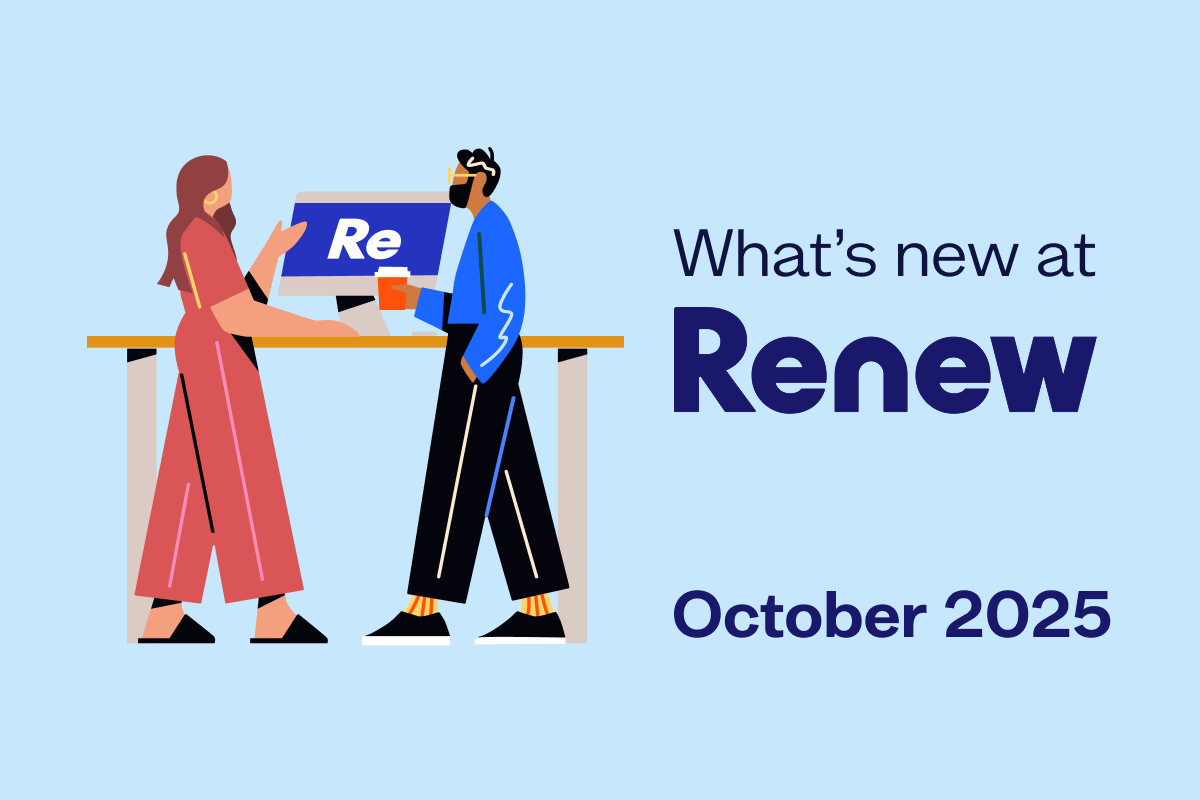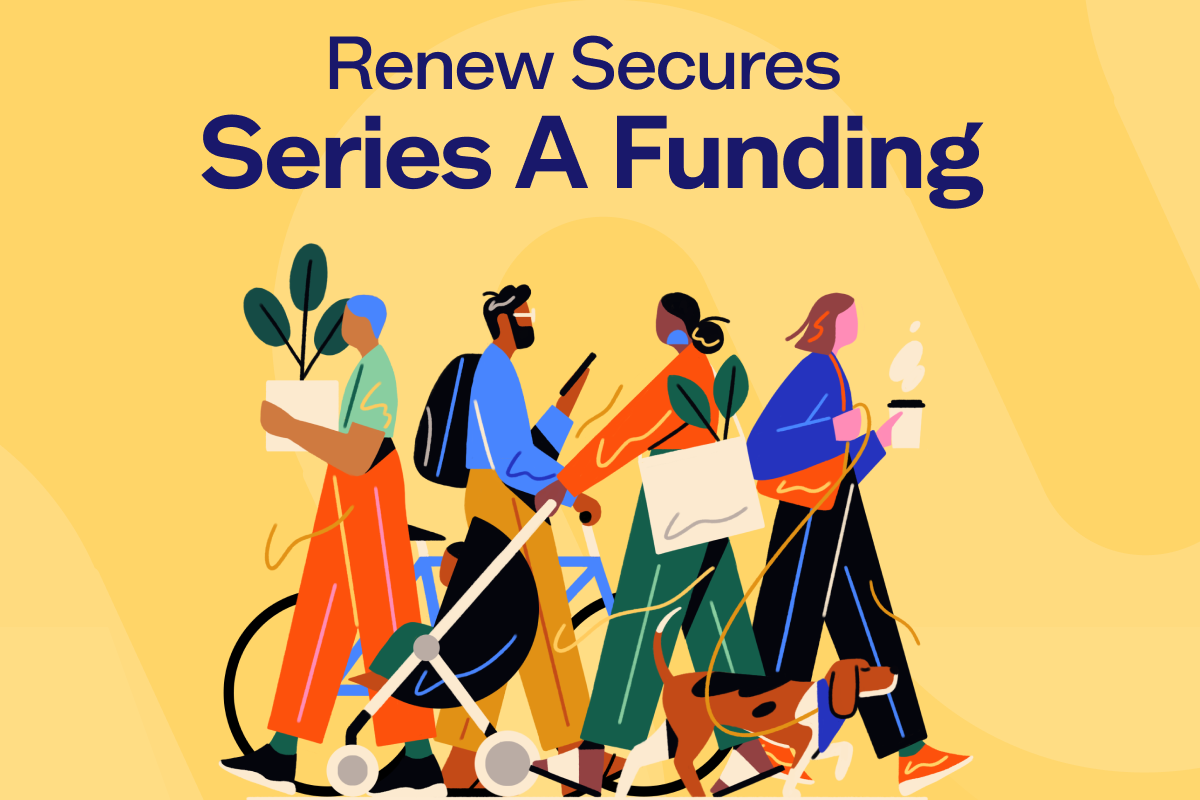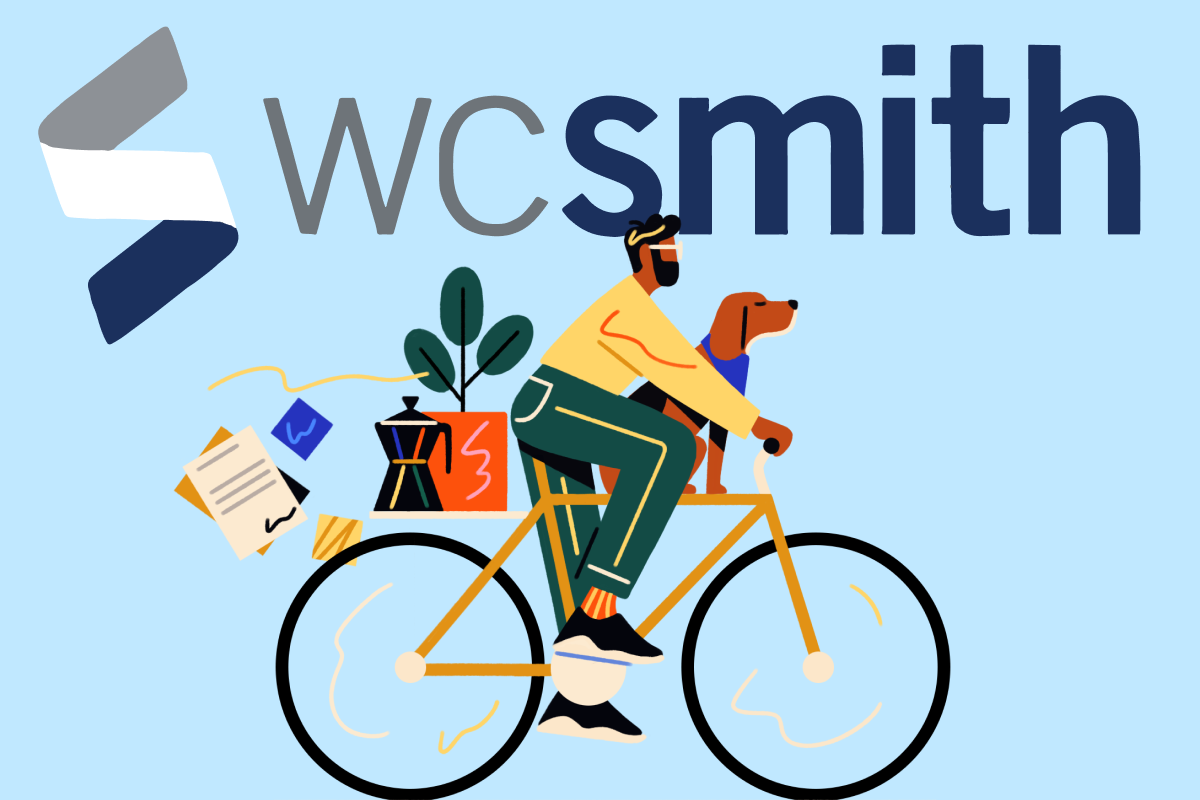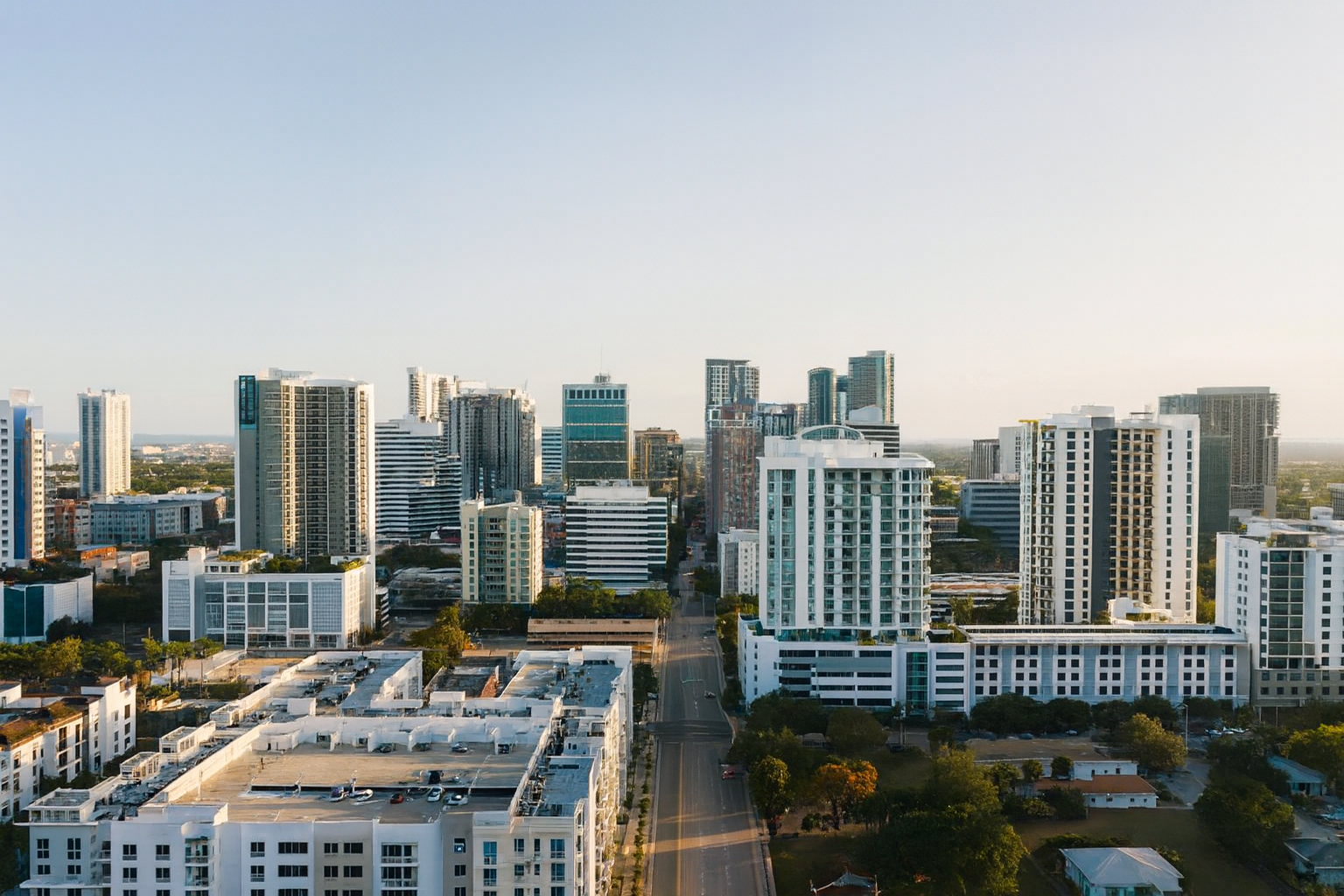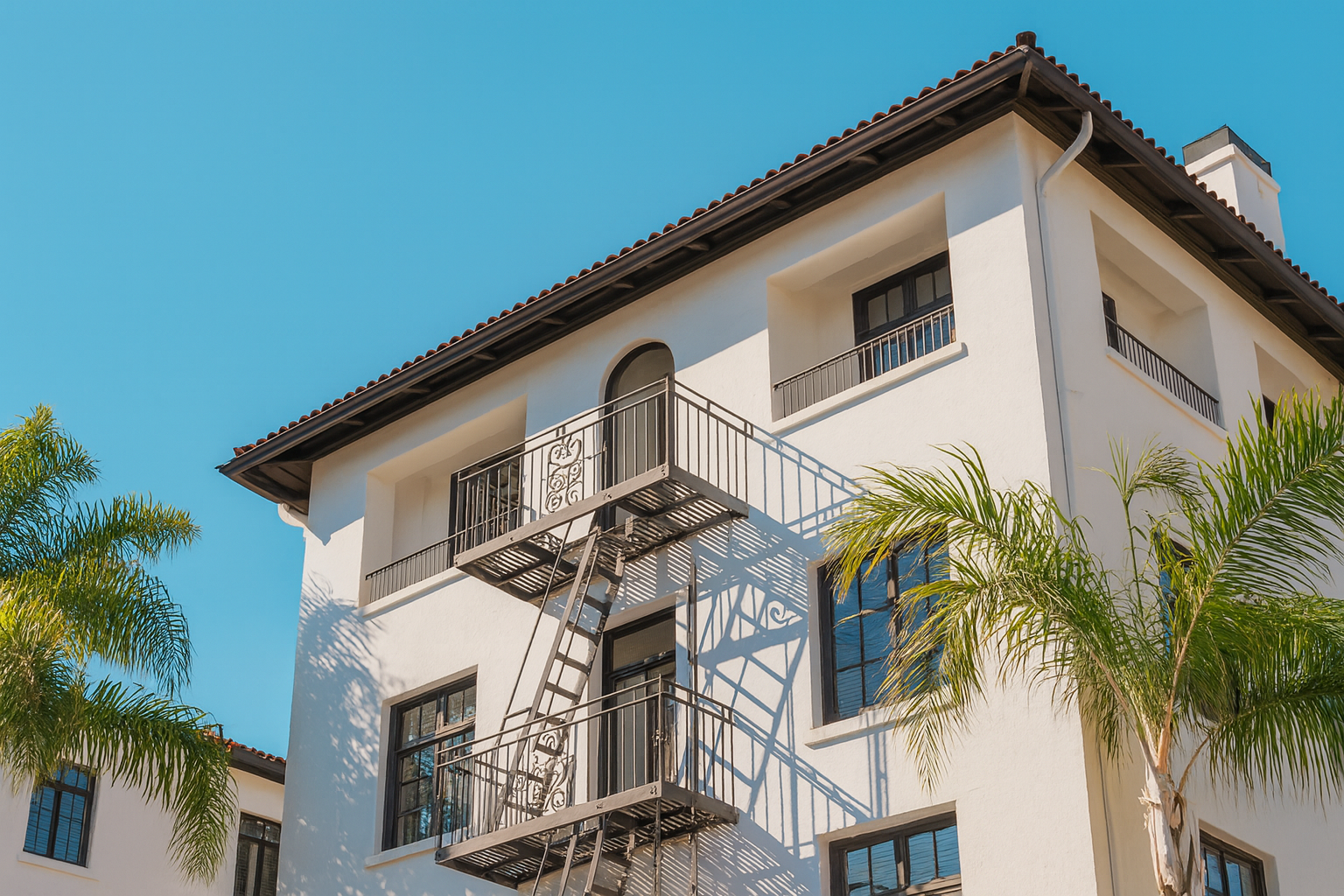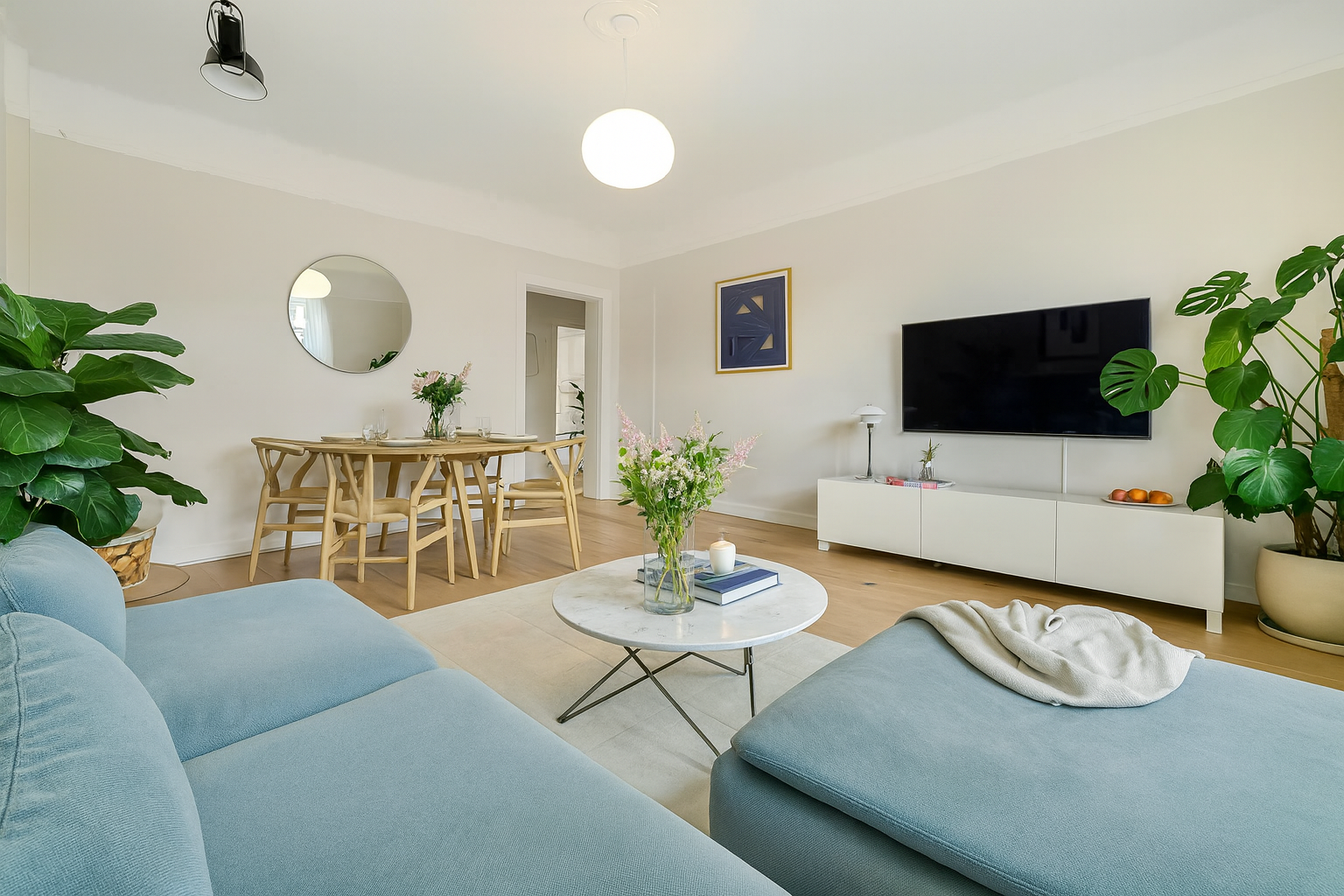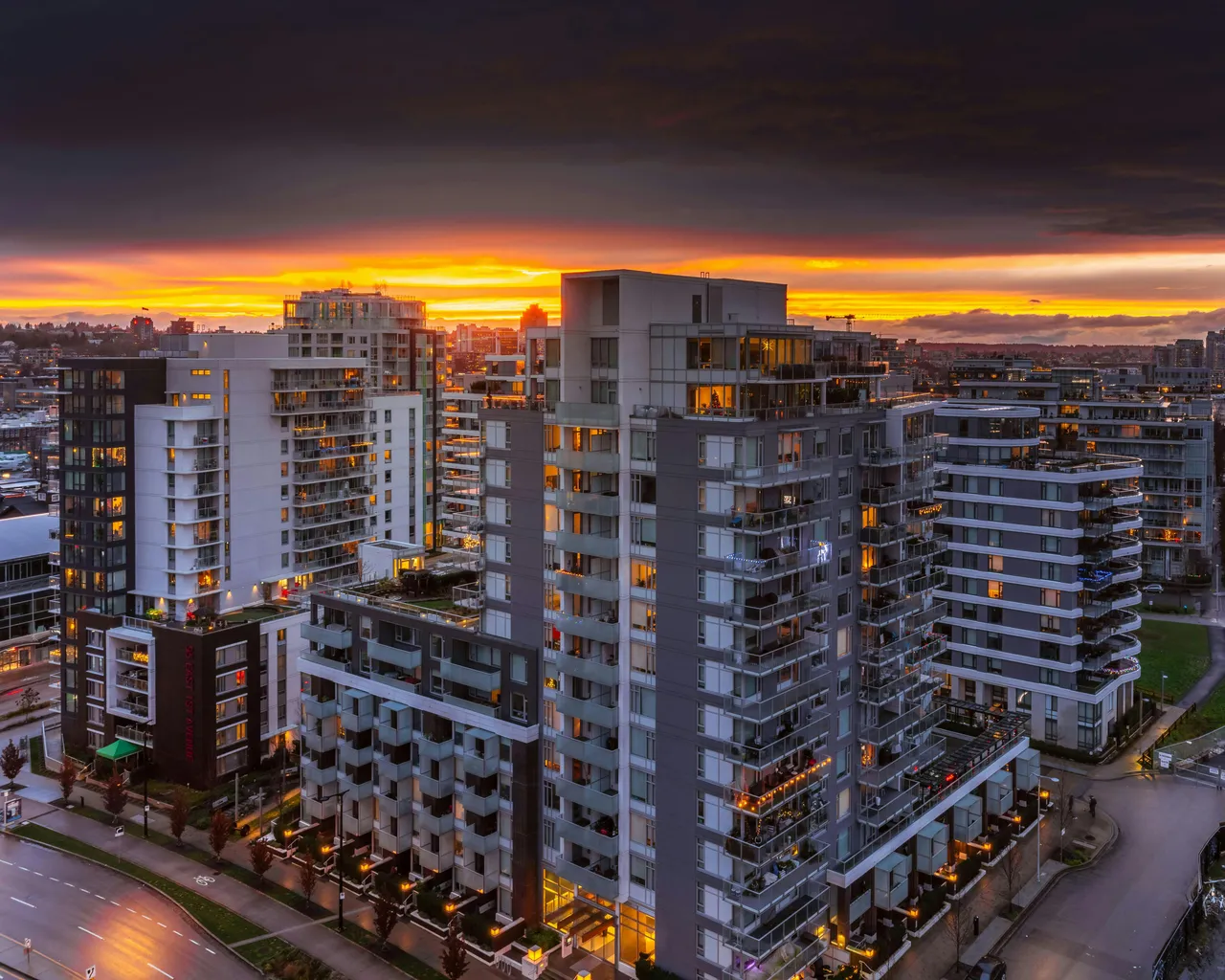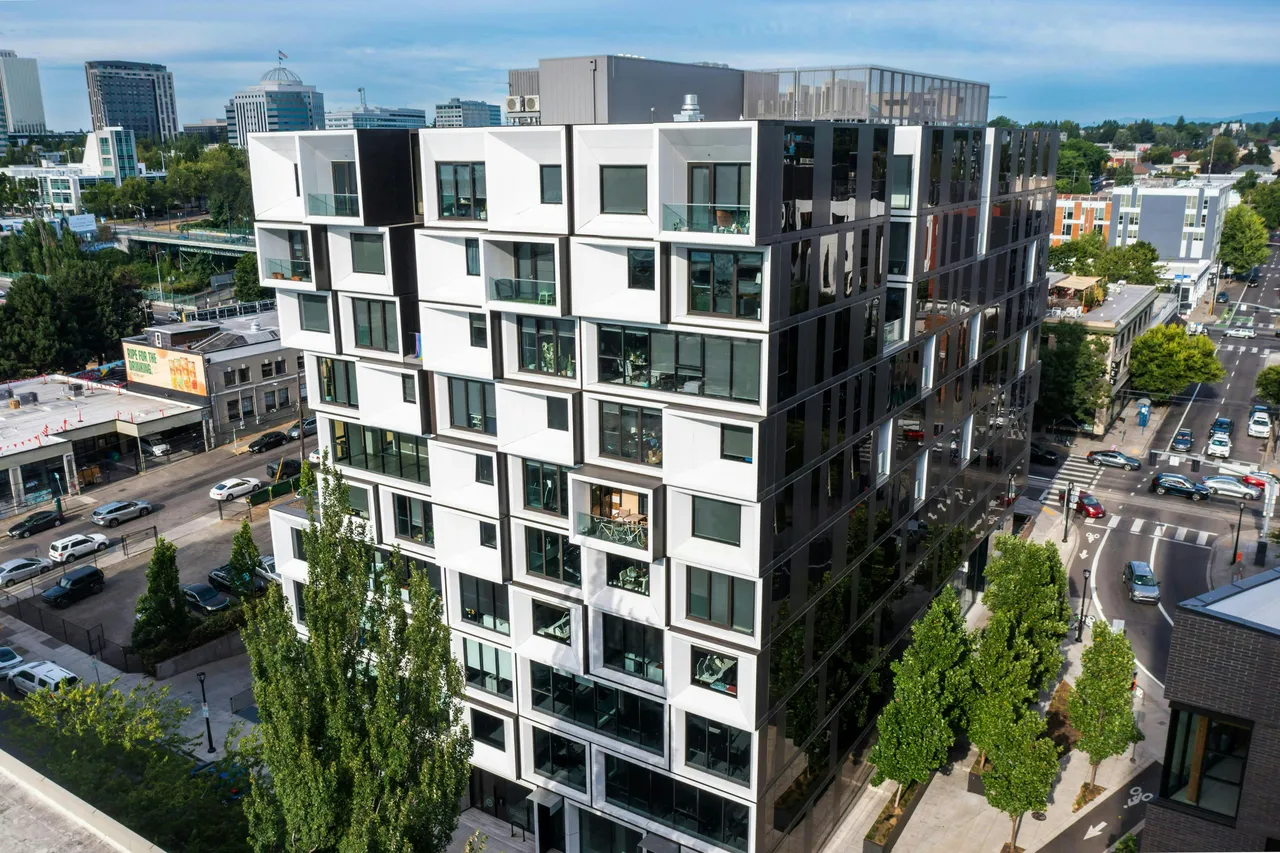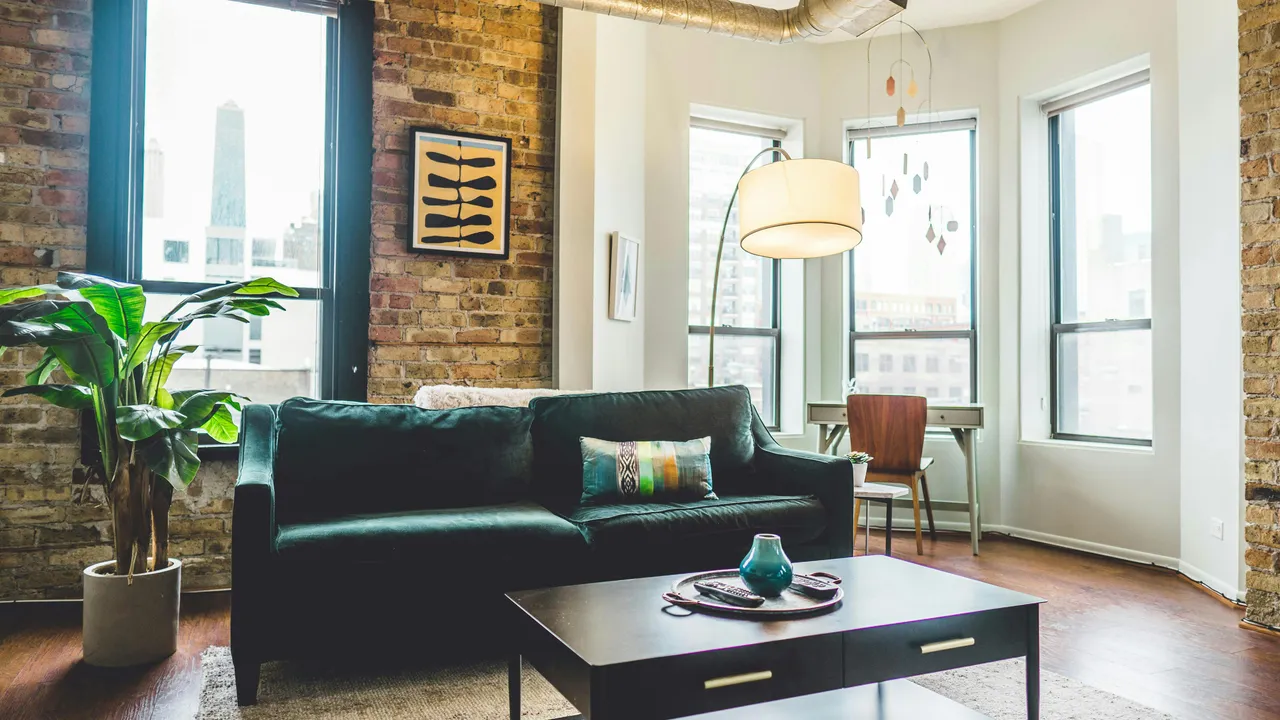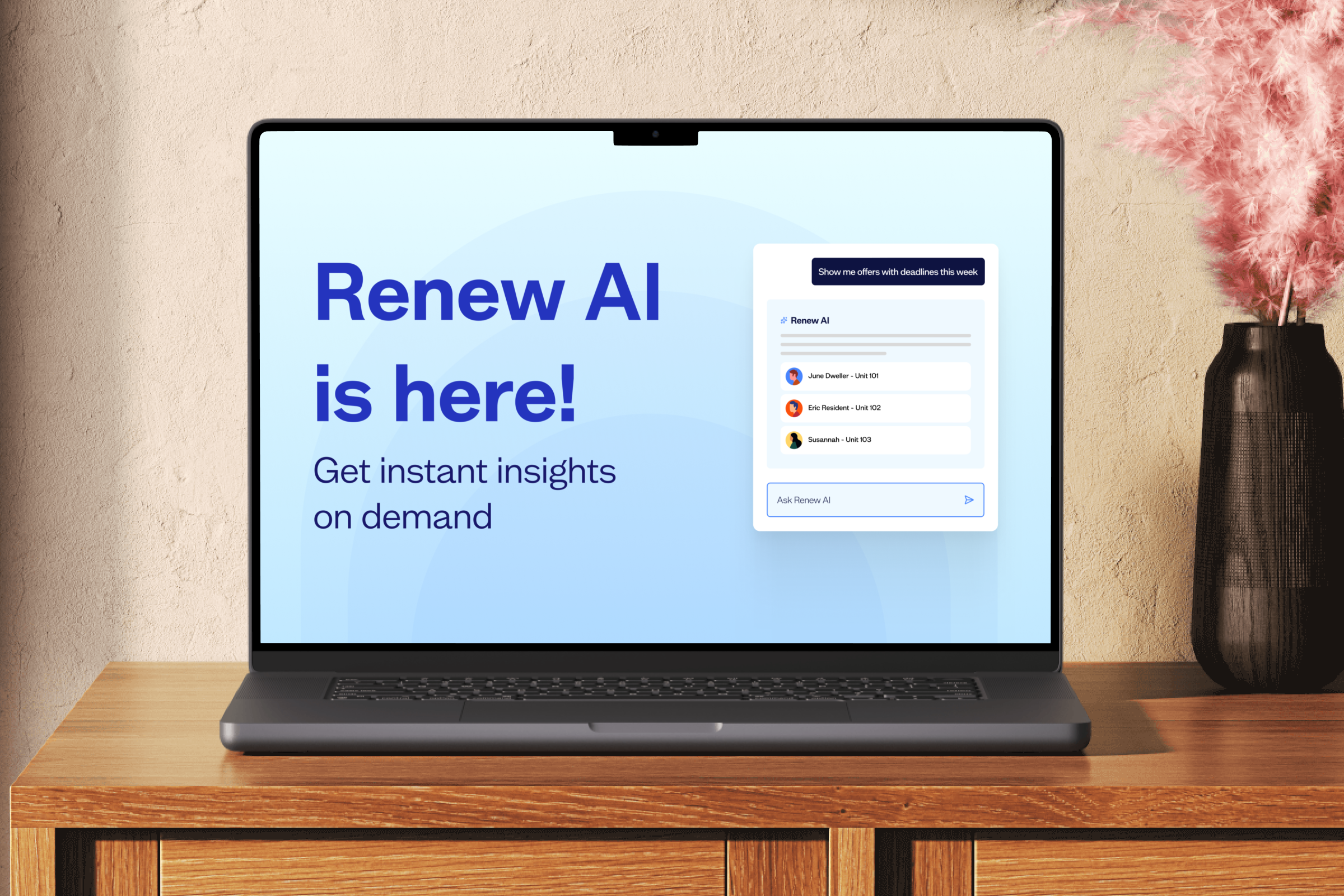For decades, multifamily has been hyper-focused on creating improved resident experiences when it comes to the acquisition of a resident. And while tech solutions of every variety have exploded over the last 8-10 years, the centralization of certain leasing functions has been a focus for operators only very recently. One could even say it was a forced function as an outcome of the pandemic, providing much-needed advancements for both leasing staff and future residents.
Most of these technology investments and innovations were made for the top of the funnel and resident acquisition, but little change or effort has occurred for the renewal or re-acquisition of a resident. The same dated practices remain where a resident receives a letter or email with an attached PDF of options; no automation, no centralization or specialization, and no impact on overall retention.
Think of this from the resident point of view . . . we throw a lot of useful and time-saving tech at residents from the moment they submit a lead, to signing a lease, through move-in and while they reside at a property. But what happens when it’s time to determine whether or not that same resident will renew? Well, not much from the tech side of things . . . mostly an email with an unencrypted attachment of a cut-and-paste letter. It’s a little underwhelming, to say the least.
This status quo mentality around the renewal function is truly a black hole when it comes to proptech considerations, leaving operators in the dark with little ability to identify where the breakage or issues lie – much less, the opportunities. The result? The many inefficiencies and increased risks of not auditing, reviewing, or modernizing the retention process; which makes for a bad experience for both front line staff and residents, with detrimental effects to the bottom line.
By investing in the right technology operators can update and repair broken processes, improve compliance, and increase consistency and overall performance for the company – and more importantly, front line site teams.
It’s a big, untapped opportunity
Let’s think about this from the perspective of “what renewal issues are operators trying to solve?”
- Changing Market Conditions
- Operational Efficiencies
- Systemized Strategy
- Staffing Shortages
- Resident Experience
- Compliance
- Early Response Rates
- Predictive Insights
Addressing any one of this list of issues through a nimble technology solution provides enormous benefit; addressing several becomes exponentially impactful. The lack of a specialized tech solution creates too many holes and too many lost opportunities.
In most businesses, a 50% customer retention rate is considered dismal. So why has the multifamily industry become comfortable with playing defense by accepting the status quo of “the norm is good enough?”
Darcey A. Forbes
Evolving Strategies for Renewals - Improve and Optimize the Processes
In most businesses, a 50% customer retention rate is considered dismal. So why has the multifamily industry become comfortable with playing defense by accepting the status quo of “the norm is good enough?”
Operators have done all the things for new leases, implemented stellar resident service programs, and built stunning communities catering to various lifestyles. Renewals can no longer be the “black hole” – but instead have to become the new, supercharged offense.
Specialized centralization is an outcome of doing more with less
The constraints on talent and staffing have negatively impacted most operators’ ability to do what is most important: deliver top-notch service to residents. Centralization means an operator can create better role specializations and allow time back for residents, instead of spending countless hours processing, managing, and following up on renewals.
A consolidation (and automation) of procedures allows organizations the pathway to rethink and restructure processes, staffing, role specialization, and technology to take mundane or low-value tasks offsite and automate various functions of the lease renewal process. There are many more functions to address in this moment, from upselling available rentable items, upselling a preferred renters’ insurance program, acquiring the current renters’ insurance from the resident, getting updated information for the resident and identifying what is blocking a resident from making a decision. It’s important to note that superficial solutions should be avoided when tackling a highly specialized function like renewals; depth of solution - in this case, the many-nuanced touchpoints both internally and with the resident – are critical for success.
Move from myopic to farsighted
Multifamily technology in the renewal space has lagged in providing operators with a way to centralize their renewal and retention strategy at scale. While portals are accessible they still only provide a “yes” or “no” option for renters and operators only gain an answer and not the insights. This is a form of myopic vision that hurts overall performance.
Imagine the opportunities to learn and assist the resident beyond the singular lease | unit. Why not offer residents additional options that meet their needs and reduce the risk of a wandering eye at other competitive properties? Or keep them within the portfolio should their needs require a move? This type of farsighted peripheral vision can have a huge positive impact on retention results.
With a digitized renewal experience, a resident could choose the most appropriate next step in their renter journey:
- Renew their lease or choose to move out
- Choose a larger apartment home
- Choose a smaller apartment home
- Choose a renovated apartment home
- Choose a sister property in another city or state
- Take the action that earns rewards
It can no longer be just a “yes or no” option for the lease renewal experience
It’s time to ask, “how can we better serve our most qualified lead?” And make no mistake, the existing resident is by far the most qualified lead, and the most valuable resident. Options served in a timely manner via an automated solution offer the best opportunity to extend the lifetime value of existing residents.
The renewal that is presented today is one of the coldest and most disconnected experiences in the resident journey. They want a personalized, enthusiastic experience that resembles how they were first engaged at the time of their move-in.
The resident experience improves with the improvement of the renewal offer process. The resident feels they have more choices with a digital approach and an expanded offering. The offers for their current apartment home are paired with upsell units in the community to promote larger living spaces or redeveloped units.
When renewals are centralized it leverages automation and delivers a consistent messaging experience portfolio-wide, while also providing the power and stickiness of choice.
More efficiency, productivity and revenue
Holistically, centralization paired with the right technology creates efficiencies at a property and across a portfolio. It increases the productivity of the on-site team. And it increases revenue by decreasing vacancy loss and affording better occupancy forecasting; not to mention the positive impact to overall retention. These are dollars that make sense when you look at automation to drive the right actions.
Reducing vacancy loss by one day ($100/a day) for a 30K unit portfolio has an economic impact of $1.4M a year.
Isn’t it time to modernize and optimize your renewal strategies with the right technology?
.svg)

.svg)


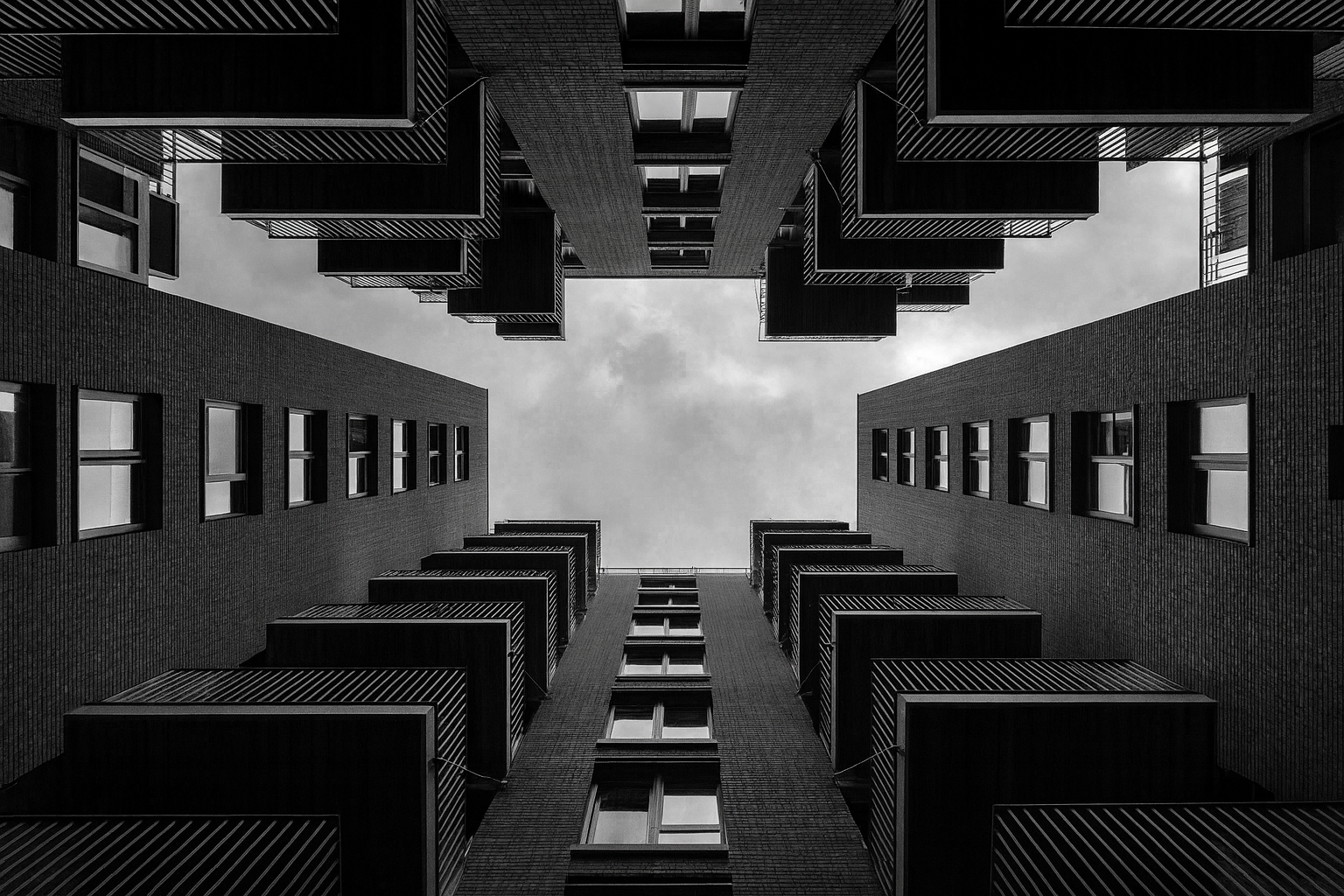




.png)


